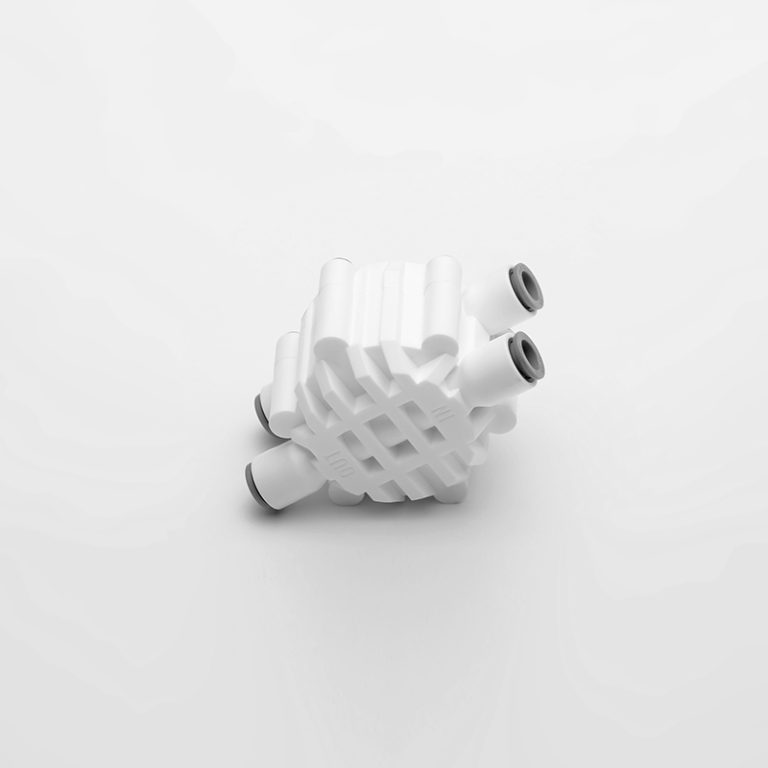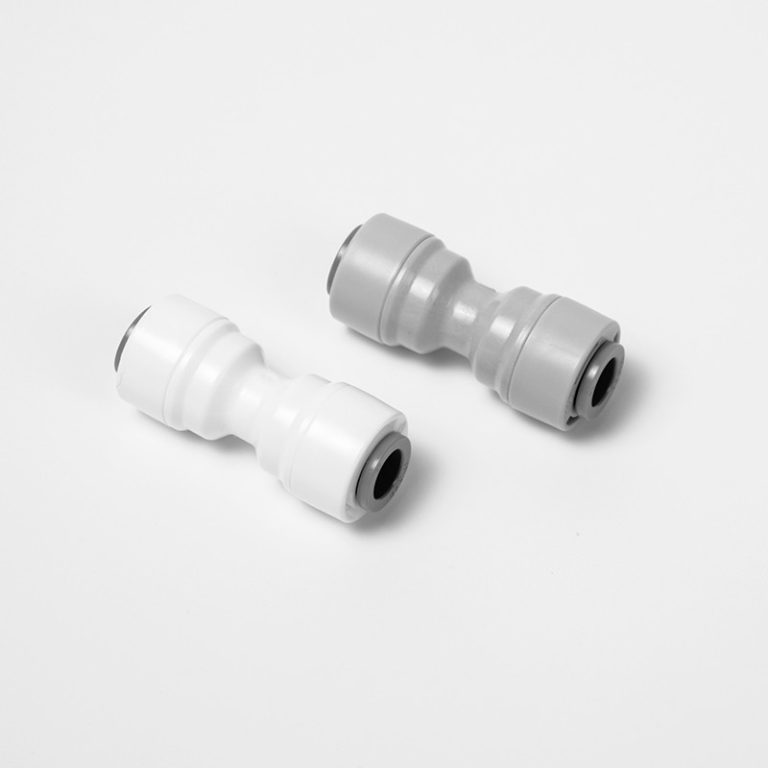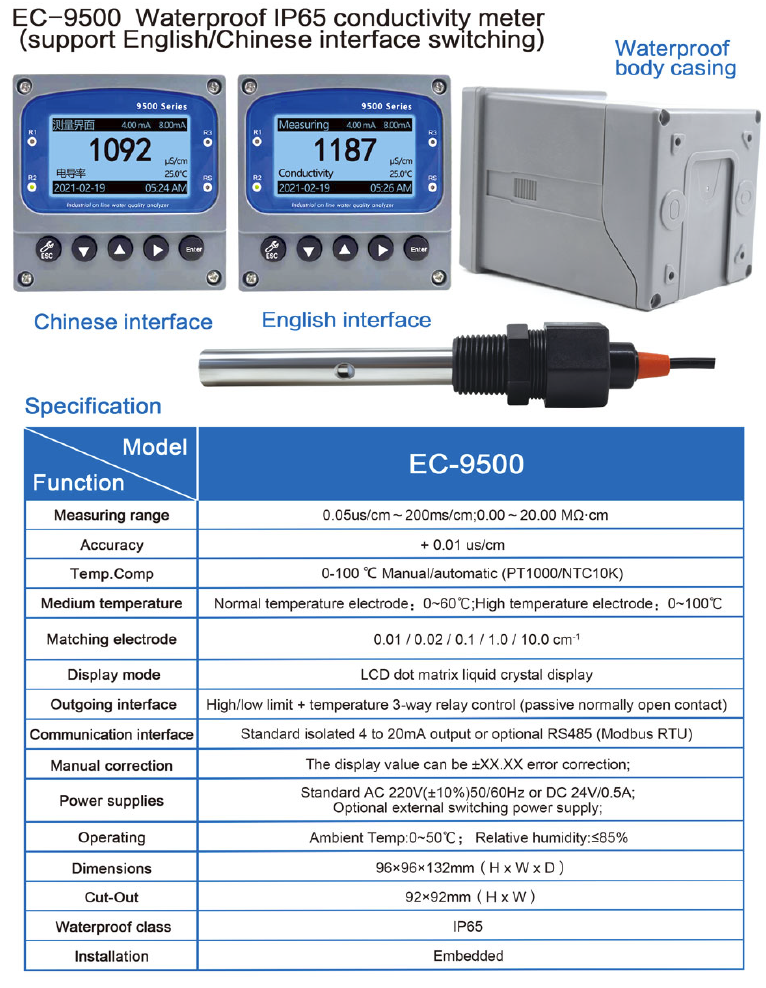Monitoring Water Quality in Hydroponic Systems: Ensuring Optimal Growth and Nutrient Balance.
Importance of Water Quality Monitoring in Hydroponic Systems
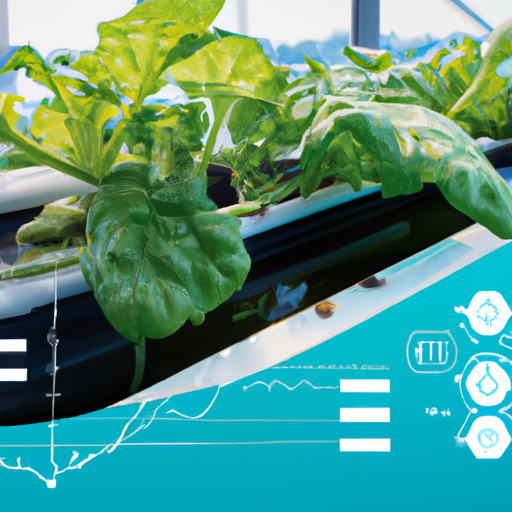
Water quality monitoring is a crucial aspect of maintaining a successful hydroponic system. Hydroponics, a method of growing plants without soil, relies heavily on the quality of the water used to nourish the plants. In this article, we will explore the importance of water quality monitoring in hydroponic systems and discuss the various methods used to ensure optimal conditions for plant growth.
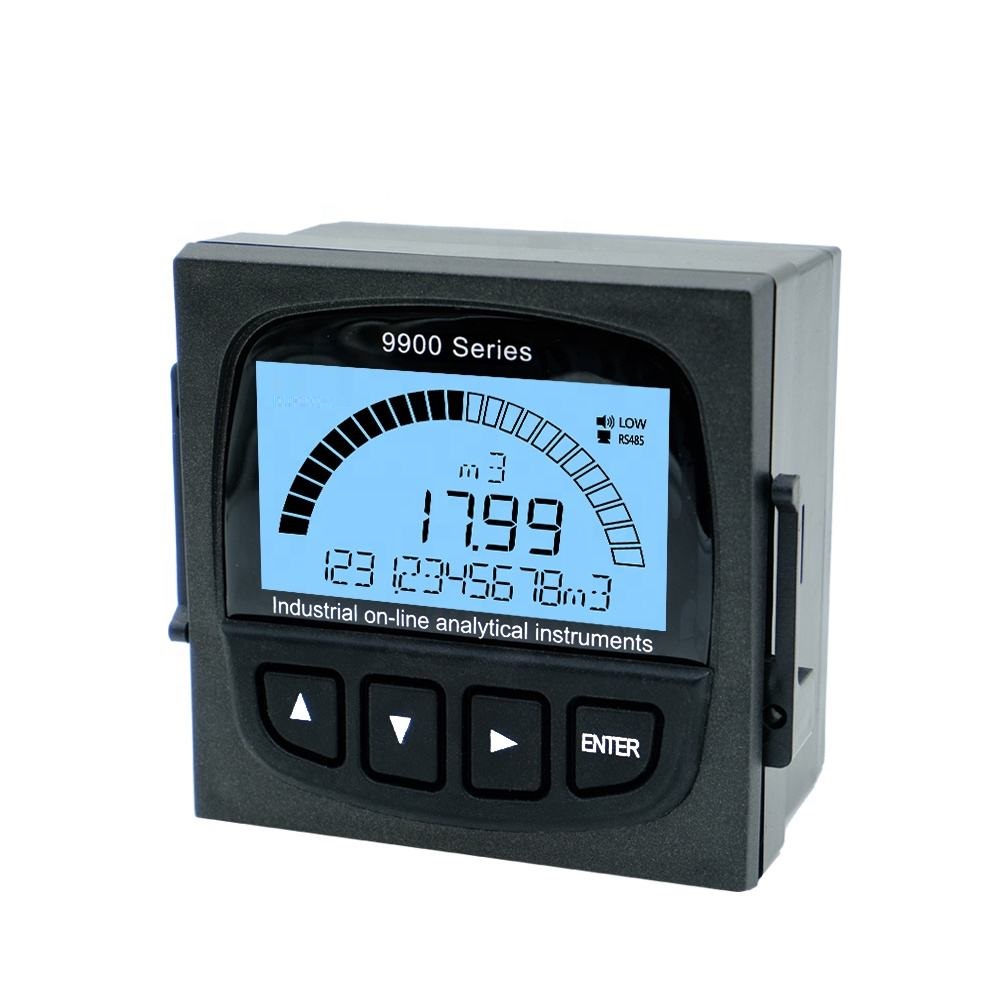
One of the primary reasons why water quality monitoring is essential in hydroponics is because plants in these systems rely solely on the water for their nutrient intake. Unlike traditional soil-based gardening, where plants can extract nutrients from the soil, hydroponic plants depend on a nutrient solution that is dissolved in the water. Therefore, any imbalances or deficiencies in the water can directly impact the health and growth of the plants.
To ensure that the nutrient solution is at the right concentration, pH level, and free from any contaminants, regular water quality monitoring is necessary. This monitoring involves testing the water for various parameters such as pH, electrical conductivity (EC), dissolved oxygen (DO), and nutrient levels. These tests provide valuable insights into the overall health of the hydroponic system and allow growers to make necessary adjustments to maintain optimal conditions.
pH is one of the most critical parameters to monitor in a hydroponic system. The pH level of the water affects the availability and uptake of nutrients by the plants. Most hydroponic crops thrive in a slightly acidic to neutral pH range, typically between 5.5 and 6.5. Deviations from this range can lead to nutrient deficiencies or toxicities, hindering plant growth. Regular pH testing and adjustment are necessary to ensure that the nutrient solution remains within the desired range.
Electrical conductivity (EC) is another crucial parameter to monitor in hydroponics. EC measures the concentration of dissolved salts in the water, which directly correlates to the nutrient levels available to the plants. By monitoring EC, growers can ensure that the nutrient solution is at the appropriate strength. Too high EC can lead to nutrient burn, while too low EC can result in nutrient deficiencies. Regular monitoring and adjustment of EC help maintain a balanced nutrient solution for optimal plant growth.
| POP-8300 free chlorine online analyzer | ||
| System Model | POP-8300 free chlorine online analyzer | |
| Measurement configuration | (HClO)free chlorine.. | |
| total free chlorine/(ClO2)/pH/Temperature | ||
| Free chlorine | (0.00-2.00)mg/L(ppm); (0.00-20.00)mg/L(ppm) | |
| Measurement | pH | 2.00-12.00 |
| range | Temperature | (0.0-99.9)℃ |
| Free chlorine | 0.01mg/L(ppm) | |
| Resolution | pH | 0.01 |
| Temperature | 0.1℃ | |
| Free chlorine | Indication error 10% | |
| Accuracy | pH | 0.1pH |
| Temperature | ±0.5℃ | |
| Sensor life | pH/free chlorine sensor | 12months(The service life is closely related to the measurement medium and maintenance frequency) |
| Communication interface | RS485 | MODBUS RTU communication protocol |
| Number of channels | Double channels | |
| (4-20)mA | Technical feature | Isolated, reversible, completely adjustable, instrument/transmitter dual mode |
| output | Channel configuration | Programmable point to Free chlorine, chlorine dioxide, Temperature, pH |
| Loop resistance | 400Ω(Max), DC 24V | |
| Transmission accuracy | ±0.1mA | |
| Number of channels | Double channels | |
| Contact mode | The first and second for photoelectric switch | |
| Control output | Load capacity | Load current 50mA(Max),AC/DC 30V |
| Control point | Programmable function(Free chlorine, chlorine dioxide, Temperature, pH, Timing) | |
| Load capacity | Load current 50mA(Max),AC/DC 30V | |
| Control point | Programmable function(Free chlorine, chlorine dioxide, Temperature, pH, Timing) | |
| Power supply | Connected to electric supply | |
| AC80-260V;50/60Hz,compatible with all international | ||
| market power standards(110V;220V;260V;50/60Hz). | ||
| Working environment | Temperature:(5-50)℃;relative humidity:≤85% RH(non condensation) | |
| Power Consumption | <20W | |
| Storage environment | Temperature:(-20-70)℃;relative humidity:≤85%RH(non condensation) | |
| Installation | Wall mounted(with the preset back cover) | |
| Cabinet weight | ≤10kg | |
| Cabinet dimension | 570*mm*380mm*130mm(H×W×D) | |
Dissolved oxygen (DO) levels in the water also play a vital role in hydroponics. Plants require oxygen for their root respiration, and inadequate DO levels can lead to root rot and poor plant health. Monitoring DO levels allows growers to identify any oxygen deficiencies and take corrective measures such as increasing aeration or adjusting water flow to ensure adequate oxygen supply to the roots.
In addition to these parameters, water quality monitoring in hydroponics also involves testing for the presence of contaminants such as heavy metals, pesticides, and pathogens. Contaminants can enter the system through various sources, including the water source itself or from external factors such as pests or contaminated equipment. Regular testing helps identify any potential risks to plant health and allows growers to take appropriate actions to mitigate them.
In conclusion, water quality monitoring is of utmost importance in hydroponic systems. By regularly testing and adjusting parameters such as pH, EC, DO, and checking for contaminants, growers can ensure that the nutrient solution remains balanced and free from any harmful substances. This monitoring allows for optimal plant growth and helps prevent nutrient deficiencies, toxicities, and other issues that can hinder the success of a hydroponic system.

